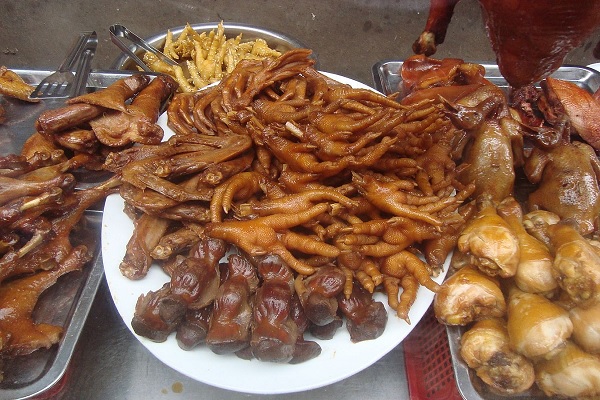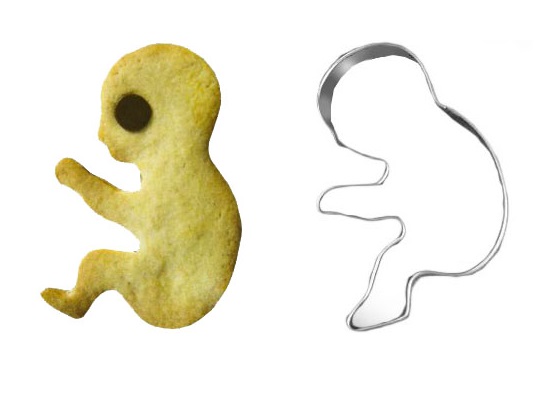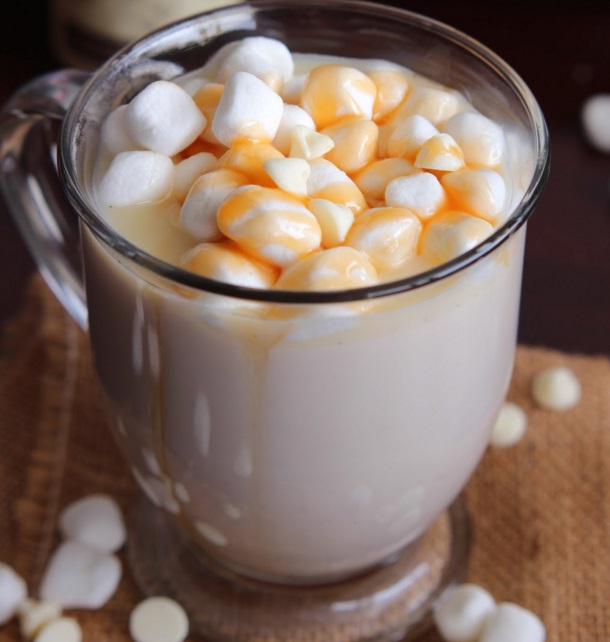Every Asian nation has a colourful cuisine that is bound to soothe if not test the limits of your taste buds. When it comes to South Korea, everyone takes their food seriously and the food isn’t good enough unless it is hotter than the last dish. You probably know about Kimchi and Bulgogi being the most widely known Korean dishes but they are not even the beginning of the list of great Korean foods. However, when you want to taste the best of a country’s cuisine, you should look at the strangest dishes they have and Korea has many. From live seafood to bugs, here are the strangest dishes you will find on your plate in South Korea.
Dalkbal: Chicken feet
Chicken feet have a hard layer of scales that can be peeled off easily when you soak them in hot water for long enough. You will only know these when you witness the preparation of chicken feet to make this spicy dish in Seoul. The feet are deeply steamed and sometimes deboned before being fried in a red-pepper sauce. When the bones are removed, the remaining skin is a little crunchy when chewed on while the tendons are rubbery. You enjoy the hot spices used to make the Korean dish which takes your mind off the texture of the chicken feet. The food is often eaten alongside alcoholic drinks making it the perfect meal for a family and friends gathering.
Sannakji: Raw Octopus
This is one of the thousand ways to die because octopuses don’t stay dead even when they are killed. Their tentacles keep moving as they grip the surface of your throat. To prepare Sannakji, the chef chops octopus tentacles into small pieces and then serves them to you with a range of sauces and a side dish you may like. You now need to lift the squirmy tentacles with chopsticks into your mouth and chew until they are too soft to grip onto your esophagus. Chewing properly could make the difference between life and death since the food chokes an average of six people every year.
Jokbal: Pig’s feet
Feet are a real treat in South Korea if you include these ones. In South Korea, no part of a pig goes to waste and the feet are not excluded from that list. South Korean pig’s feet are not the only pig’s feet in the world but they are something you have to try when in the country. They are not usually as spicy as chicken feet but they are just as hot and a lot more delicious if they got the right chef. Like other Korean foods, simmered, fried or roasted feet are served with sauce and a side dish such as lettuce, fermented shrimp and soju and as usual, hot sauce.
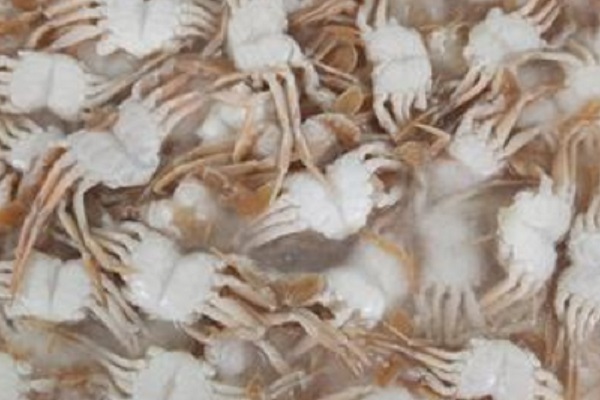
Gejang: Raw baby crab
Baby crabs whose shells haven’t hardened can be eaten raw without having to strain your teeth. This dish is centuries old in South Korea and are preferred when the Chinese Mitten crabs are used in place of the less salty ocean crabs. The crabs are fermented in soy sauce after being chopped into pieces and then fermented for up to two weeks before being served. They are softer than the usual matured crabs you find in restaurants.
Bokjili: Puffer fish soup
The Japanese version of pufferfish is known as Fugu and it is one of the most expensive seafood you will ever eat because the fish is one of the most poisonous foods in the world. Bokjili on the other hand is a broth that has pieces of pufferfish in it. It is not as expensive as fugu because pufferfish is not heavily controlled by the government in South Korea. In South Korea, the pufferfish is first drained of all its poison before being added to the hot-pepper sauce and cooked. Some people request for a little poison to be left in the soup to give them the tingly feeling when they drink.

Gaebul: Phalic fish
Gaebul translates to Penis fish because the creature which is more similar to sea cucumber than fish looks like male genitals. It is believed by many to be an aphrodisiac and it is eaten raw. The appearance is not at all appetizing as they look like wriggly worms ready to crawl off the plate. They are served raw; chopped into bite-size pieces and chewed that way. This is one of the foods many foreigners find difficult.
Hongeo: Fermented Skate
Skate is a salty fish that looks like a stingray but it is more like a shark because it retains urea in its flesh and therefore fermenting it is the only way to reduce the toxicity of the meat. When fermented, the strong smell of ammonia sticks on the fillets though which is why this food smells like urine and maybe a put-off for some. The fillets are served war with Kimchi and pork or other stews that may be available. An alcoholic drink on the side is a good way to wash down the smell.
Boendegi: Roasted Silk worm
Sink worm is one of the most widely consumed insects in Asia with a flavour that many people consider to be acquired. The worms are often fried until they are crunchy before being cooked into some soups, broths or canned food. Some street vendors sell them as crunchy snacks to be eaten the way they are. They are a great source of protein if you ignore the fact that they were wriggling around just before being fried in oil.
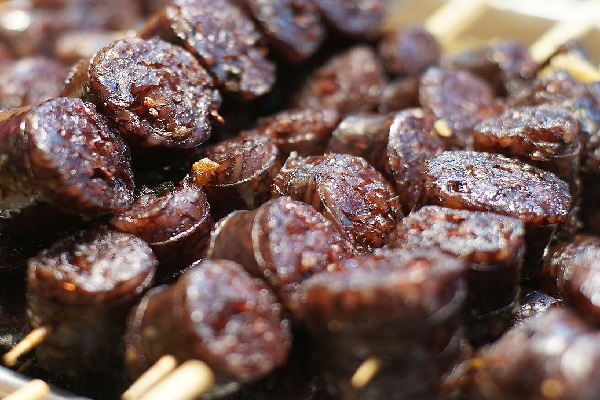
Sundae: Blood sausage
This sausage has nothing to do with Sunday; just some rice and pig’s blood which are readily available ingredients in South Korea. The sausage is very similar to other blood sausages found around the world so if you are comfortable with the British Black Pudding, then you won’t mind this one. In Korea, pieces of pork and noodles make part of the ingredients; and of course, onions and pepper. The ingredients are stuffed into a pig’s intestines before being steamed into a tasty sausage you are bound to enjoy.
Gopchang: Grilled intestines
Eating intestines in South Korea doesn’t stop at the blood sausage. When taking your stroll through the towns, you will notice vendors with open grills selling intestines. These also need serious chewing before you swallow just like Sannakji but this one won’t choke you. The intestines are served with sauce, onions, hot peppers or pepper sauce and mushrooms or kimchi in some joints.
Have you tried any of these South Korean dishes? Which one would you be willing to try? Do let us know down in the comments below.
